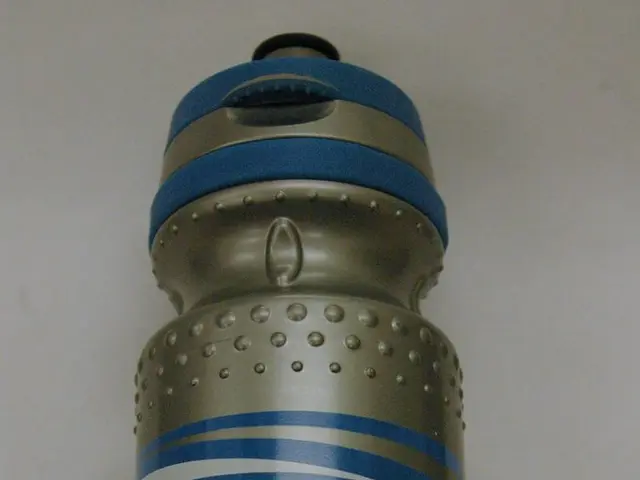Home Safety Guidance: Prevent Deadly Carbon Monoxide Leaks and Ensure Home Care
Carbon monoxide (CO) is a silent, odourless, and toxic gas that can be produced by the incomplete combustion of resources like gas, coal, wood, or petroleum. Each year, more than 90% of CO accidents occur due to malfunctioning water heaters or blockages in their ventilation ducts, making it crucial for homeowners to take preventative measures.
Effective prevention measures for carbon monoxide (CO) leaks in homes focus on proper maintenance, safe appliance use, ventilation, and detection systems.
**Annual Furnace Maintenance**
Schedule a professional inspection and tune-up of your furnace every year. This includes checking for cracks, testing the heat exchanger, ensuring proper ventilation, and inspecting other components like the thermostat and ignition system. Early detection of faults reduces CO leak risk.
**Install Carbon Monoxide Detectors**
Place CO detectors on every floor, especially near bedrooms and fuel-burning appliances. Use high-quality detectors, ideally with digital displays or smartphone alerts. Test detectors monthly and replace batteries twice a year. Replace detectors every 5-7 years to ensure reliability.
**Replace Aging Furnaces**
Furnaces over 15 years old are more prone to leaks. Upgrading to a modern, high-efficiency furnace reduces CO exposure risk and can improve energy savings.
**Ensure Proper Ventilation**
Never block furnace vents or exhaust flues. Keep chimneys and flues clear of debris, nests, and snow. Regularly inspect air ducts to prevent gas buildup from blocked airflow.
**Use Appliances Safely**
Avoid using ovens or stovetops to heat the home. Never run gas-powered generators in garages or enclosed spaces. Follow manufacturer safety guidelines for all fuel-burning appliances. Annual inspections of fireplaces and wood stoves with chimney cleaning are recommended.
**Recognize Warning Signs**
Be alert to indirect signs like frequent pilot light outages, soot buildup near vents or appliances, and unusual exhaust or burning odors indoors as these indicate improper combustion or ventilation issues that could lead to CO leaks.
By combining regular professional maintenance, installation and upkeep of CO detectors, safe appliance operation, and good ventilation, homeowners can significantly reduce the risk of carbon monoxide poisoning in their homes.
In case of suspected CO poisoning, immediate exposure to fresh air is the most effective measure. High levels of CO exposure can lead to loss of consciousness, organ failure, coma, and death.
In Argentina, there are approximately 4000 cases of CO poisoning per year. Symptoms include headache, dizziness, weakness, nausea, vomiting, chest pain, and confusion. CO binds to the hemoglobin in the blood with much greater affinity than oxygen, forming carboxyhemoglobin, which prevents adequate oxygen transport to organs and tissues.
For more severe cases of CO poisoning, oxygen administration with a mask is the usual treatment. In extreme cases, a hyperbaric chamber may be used to force oxygen absorption into the blood.
By following these guidelines, homeowners can ensure a safer living environment for themselves and their families.
- To further secure a safe living environment for medical-conditions and mental-health, homeowners should consider implementing therapies-and-treatments like oxygen administration and hyperbaric chambers in case of suspected carbon monoxide (CO) poisoning.
- Dedicated to the health-and-wellness of individuals and promotion of fitness-and-exercise, it's essential to recognize that effective prevention measures against CO leaks include recognizing warning signs, such as headache, dizziness, and confusion.
- Proactively managing carbon monoxide risks at home contributes significantly to one's overall well-being and minimizes the risk of exposure-related medical-conditions.
- As part of a holistic approach to health and wellness, focusing on nutrition-rich diets is vital, but so is paying attention to potential respiratory-conditions caused by carbon monoxide exposure.
- Homeowners seeking to create a healthier and safer home should invest in science-driven solutions, adhering to company guidelines that promote annual furnace maintenance, safe appliance use, proper ventilation, and CO detector installation.








